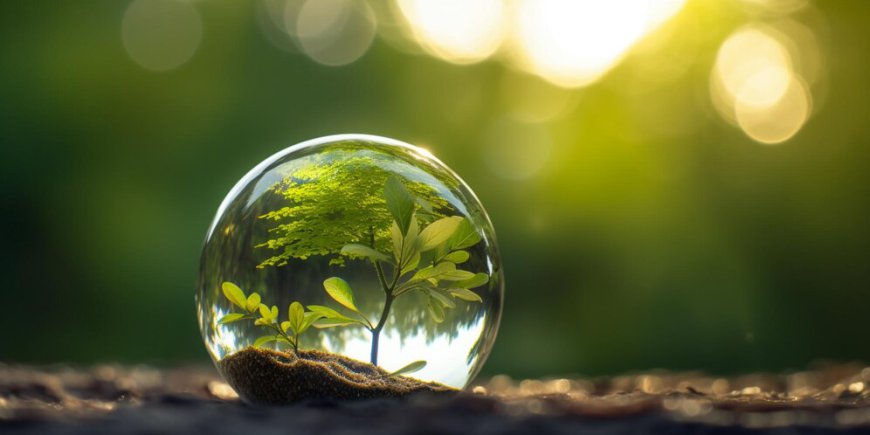Environment: Protecting Our Planet for Future Generations

The environment encompasses all living and non-living things on Earth, including the atmosphere, oceans, forests, and wildlife. It plays a crucial role in sustaining life and providing resources for human survival. Understanding the importance of the environment is paramount for ensuring the well-being of current and future generations.
The Impact of Human Activities on the Environment
Pollution
Human activities such as industrialization, transportation, and agriculture have led to widespread pollution of air, water, and soil. Air pollution from vehicle emissions and industrial processes contributes to respiratory diseases and climate change. Water pollution from untreated sewage and chemical runoff poses threats to aquatic ecosystems and human health. Soil contamination from improper waste disposal and industrial activities reduces fertility and harms biodiversity.
Deforestation
The rapid clearing of forests for urban development, agriculture, and logging has devastating consequences for the environment. Deforestation disrupts ecosystems, destroys habitats, and contributes to climate change by reducing the absorption of carbon dioxide. It also leads to soil erosion, loss of biodiversity, and increased vulnerability to natural disasters such as floods and landslides.
Climate Change
Climate change is one of the most pressing environmental challenges facing the world today. The burning of fossil fuels for energy generation releases greenhouse gases such as carbon dioxide into the atmosphere, leading to global warming and unpredictable weather patterns. The melting of polar ice caps, rising sea levels, and extreme weather events are all consequences of climate change, with profound implications for ecosystems and human societies.
Conservation Efforts and Solutions
Renewable Energy
Transitioning to renewable energy sources such as solar, wind, and hydroelectric power is essential for reducing greenhouse gas emissions and mitigating climate change. Investing in clean energy technologies and infrastructure not only helps combat environmental degradation but also creates jobs and stimulates economic growth.
Recycling and Waste Management
Efficient waste management practices, including recycling, composting, and waste-to-energy initiatives, are critical for minimizing the impact of human activities on the environment. Recycling conserves natural resources, reduces pollution, and lowers greenhouse gas emissions by diverting waste from landfills and incinerators.
Environmental Policies and Regulations
Government policies and regulations play a crucial role in protecting the environment and promoting sustainable development. Implementing stringent environmental standards, enforcing pollution controls, and incentivizing green technologies are essential for fostering a transition to a low-carbon, resource-efficient economy.
The Role of Individuals in Environmental Protection
Sustainable Living Practices
Individuals can contribute to environmental conservation by adopting sustainable living practices such as reducing energy consumption, conserving water, and minimizing waste. Making eco-friendly choices in daily life, such as using public transportation, buying locally sourced products, and reducing meat consumption, can have a significant impact on reducing carbon footprints.
Advocacy and Awareness
Raising awareness about environmental issues and advocating for policy changes are powerful ways for individuals to contribute to environmental protection. Joining environmental organizations, participating in community clean-up events, and educating others about the importance of conservation can help mobilize collective action and drive positive change.
Conclusion
Protecting the environment is essential for safeguarding the health and well-being of current and future generations. By recognizing the impact of human activities on the environment and taking proactive steps to mitigate environmental degradation, we can create a sustainable future for our planet.

 Elon
Elon